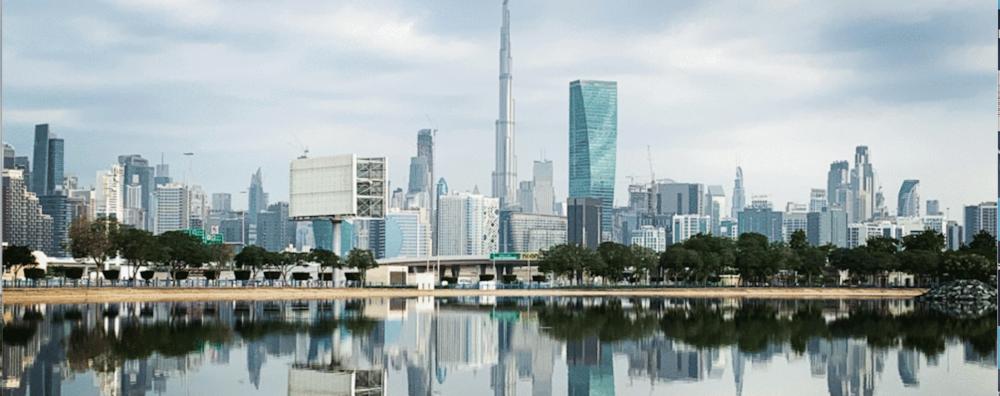Finding yourself alone inside a pyramid is now a real possibility
After the revolutionary chaos of the past few years, many people will have struck Egypt off their list of must-see places for the time being. With good reason. But there’s an upside for travellers: low visitor numbers.
Egypt’s tourism industry has been decimated since 2011, with income plunging so low that the Antiquities Ministry has struggled to pay thousands of staff. Tourist hotspots such as the market in central Luxor emptied out as holidaymakers shunned Egypt in favour of destinations not plagued by social unrest and travel warnings.
Against this backdrop of turmoil, I was initially taken aback when DH suggested Cairo as a getaway, saying he’d heard the hotels were quiet (and cheap), and the historic sites uncrowded.
A week later, we found ourselves gazing at the Great Pyramid of Giza, awestruck in admiration. And sure enough: the sense of wonder surrounding the magnificent, ancient pyramids is much easier to experience when the site isn’t overrun with tour groups.

Space: Part of the glory of the pyramids is their magical atmosphere, and watching the shadows lengthen on these extraordinary monuments in their glorious setting is made all the more special when it’s this quiet
Enormity of Cairo
We travelled to Egypt with our children after I satisfied myself that tensions appeared to be easing. What I wasn’t prepared for was the intensity of Cairo. One of the world’s most densely populated cities, the capital is huge (with a population in excess of 16 million), and driving through the sprawling, chaotic metropolis is a hair-raising experience. But while Cairo is noisy, polluted and disorganised, it’s also incredibly vibrant, colourful and, above all, alive.

Cairo cafe: Egyptian coffeehouses like Fishawi’s Ahwa have been important gathering places since Islamic times. Fishawi’s is said to have been open 24/7 since the 1700s
As we crossed the Nile – the river on which the first package holiday tourists travelled in 1869 – I peered out the window to take in its impressive wideness, then hastily retreated as we passed the rubbish piled up in Giza along the banks of the canal. Nine kilometres from the Nile, on the edge of the desert, we arrived at the Pyramids, built by the ancient Egyptians as tombs for the pharaohs and their queens.
Our accommodation (the Mercure Cairo Le Sphinx Hotel) was indeed great value, and set in the most amazing location: at the swimming pool, you literally stare up at a pyramid from your sun lounger. You almost have to pinch yourself to truly believe you’re swimming at the foot of the last surviving Wonder of the Ancient World. At night, after the pyramids have been absorbed into the darkness, I recommend viewing the sound and light show from the rooftop terrace.
I was prepared for hassle from tour ‘guides’ and other touts, so wasn’t surprised when our taxi driver suddenly thrust his mobile phone into my husband’s hands so his friend could attempt to sell us a tour; or when the hotel driver we hired took us less than a mile, to a stable, where we ended up shelling out more money for four-legged transportation (one camel, one horse-drawn cart, with several stable hands and a guide) to see the pyramids.
But, actually, the ‘hassle factor’ wasn’t as bad as I’d feared, especially considering how desperately people need the business. Nobody leapt into our taxi on the approach road to the pyramids and demanded to be employed, and everyone we met was friendly and warm – just trying to make a living. At Cairo’s Grand Bazaar the next day, there was even a sense of humour amid the kaleidoscope of shops, smells and sights: “Maam, how can I take all your money?” one vendor joked with a cheeky glint in his eye.
Guided tour
The downside for me was realising that the animals used to ferry visitors around the pyramids are most likely mistreated. Our guide, on the other hand, was excellent, engaging our young boys with illuminating stories and drawing triangular diagrams in the sand to demonstrate how the pyramids were constructed.

Sphinx: A man rides his horse and carriage past a scene that’s been part of the landscape for thousands of years
During our two-hour tour, we rode past the limestone Sphinx (the oldest known monumental sculpture and largest monolith statue in the world) and stood alongside the pyramids, admiring their advanced geometry and massive scale. We also climbed inside one of the smaller pyramids (claustrophobic and hot, but I’m glad we did it), and marvelled at the carvings inside the tomb of Queen Meresankh III.
Not everyone enjoys their visit: there’s litter clinging to the fence and the touts are out in force, plying camel rides, souvenirs and refreshments. Plus, when you get there, it doesn’t initially look like the thousands of photos you’ve seen. While one side of the pyramids faces the desert, the other is right up against a rundown residential neighborhood. The Sphinx literally looks at a Pizza Hut.
But with so much of the pyramids’ majesty retained, I, for one, will never forget our magical and mellow afternoon spent clambouring around the world’s most famous manmade structures. Knowing I was standing at a site visited in history by Julius Caesar, Alexander the Great, Mark Antony and Napoleon left me feeling pretty inspired. As did the fact the biggest pyramid was the tallest structure in the world for close to 4,000 years. The Burj Khalifa, it seems, has some way to go.


